Szeemann’s “meticulous chaos” heads to LA
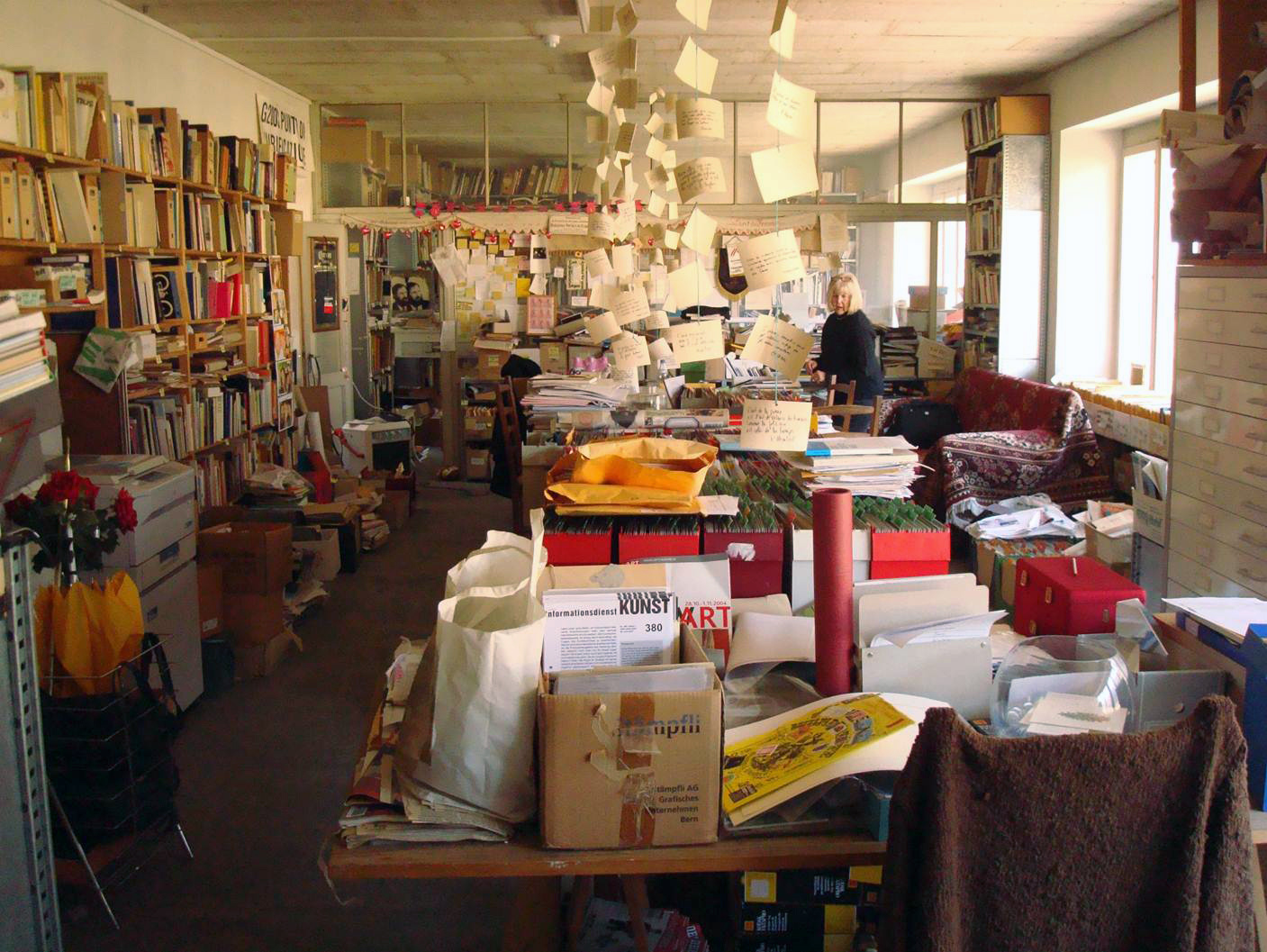
Tens of thousands of items collected by Swiss art curator and historian Harald Szeemann are leaving Switzerland for the Getty Research Institute Los Angeles.
“A massive loss for Switzerland,” was the headline in several newspapers following the announcement on the Californian institute’s website.
The news, which Szeemann’s heirs hadn’t made public in Switzerland, has taken the art world by surprise and in a way suddenly quantified the importance of the man’s legacy.
A legacy practically forgotten in the small watch-making premises, nicknamed “La Fabbrica” (The Factory) by its celebrated occupant, situated at the entrance of the village of Maggia, near Locarno, in canton Ticino.
This location served as a studio for Szeemann, who died in 2005 aged 71.
The apparent mass of papers – yellowing and covered in dust – is in reality a priceless treasure which Switzerland is letting go.
The Federal Cultural Office blamed “lack of logistical means”.
Treasure trove
The collection is unique in the world for its size as well as contents – but it is not lost to the world.
Marcia Reed and Glenn Philipps, two curators from the Getty Research Institute, have been charged with sorting out, classifying, indexing and wrapping up the precious material before sending it to the United States. They can barely contain their excitement.
“It’s such a large acquisition. Both in terms of quantity and in terms of the amount of staff who will have to work with it. That’s why it needs to be considered at the highest level,” Marcia Reed told swissinfo.ch.
Their numerous trips between Los Angeles and Maggia have given them access to the most unexpected scenes of the contemporary art world. A universe of written correspondences, catalogues, private notes, designs, photographs, sketches, video films and other sundry objects – all in a chaos, meticulously organised by its former owner.
Mountain of documents
“Harald Szeemann saved everything! Whatever he did, there’s a record of it in the archive. So what we really describe here is him, his life, how interesting he was and the importance of his shows,” said Philipps, casting an admiring eye over the mountain of documents covering the walls, shelves and tables.
These documents shed light on the very personal manner in which the great bearded Bernese conversed and maintained relationships with the most renowned artists in the world: Richard Serra, Joseph Beuys, Bruce Nauman, Cy Twombly and many others, more or less known, but all of whom were of interest to the “pope” of contemporary art.
The completeness of the material also shows the development of ideas, the birth of projects and the reflections of Harald Szeemann.
Many experts think the documents provide a sort of x-ray of the evolution of global contemporary art.
Worth millions
More than a kilometre of documents lie side by side, more than 28,000 pieces of work on the artistic movements and artists with whom Szeemann collaborated – not to mention the countless sketches and handwritten notes.
It’s an impressive inventory, the value of which has been kept secret by the Getty Research Institute. Reed and Philipps also remain tight-lipped.
The only small clue is that the Monte Verità foundation spent around SFr1 million ($1.2 million) a few years ago on an estimated five per cent of the archive, connected to the history of the “Utopian hill” in Ascona, where Szeemann always dreamt of creating an international centre of contemporary art.
The two researchers prefer to underline the didactic value, notably what Szeemann’s archive represents for future generations of researchers and students.
“What surprised me the most is that he was working from an archival sensibility himself, and so he made an archive for his own work and from his own work. This is very helpful for researchers of the future who can come and use his material in new ways,” Reed said.
“I think perhaps he might have even thought of that as a generous way to serve the future of art research.”
The list of works at Maggia has to be in California by September. Dozens of collaborators and students of the Getty Research Institute will then dive into the archive and begin listing and valuing it, so it can soon be accessible to everyone.
Harald Szeemann was born in Bern in 1933.
After studying art history, archaeology and journalism in Bern and Paris, he began working in 1956 as an actor, stage designer and painter, and also did one-man shows. He started creating exhibitions in 1957.
From 1961 to 1969 he was curator of the Kunsthalle Bern, where he organised in 1963 an exhibition of works by the “mentally ill” from the collection of the art historian and psychiatrist Hans Prinzhorn, and in 1969 the legendary exhibition “When Attitudes Become Form”.
In 1968 he gave Christo and Jeanne-Claude their first opportunity to package an entire building: the Kunsthalle.
In 1972 he became the youngest artistic director at documenta 5 in Kassel. He revolutionised the concept: conceived as a hundred-day event, he invited the artists to present not only paintings and sculptures, but also performances and “happenings”.
From 1981 to 1991 he was the sole curator of the Kunsthaus Zürich, and in 1980 he co-hosted the Venice Biennale, where he created the Aperto exhibition for young artists. He was among the few to curate the Biennale twice, in 1999 and 2001.
Szeemann also played a key role in shaping the architecture faculty at the Università della Svizzera italiana, the first university in Italian Switzerland, for the first six years after it was founded in 1996.
From 1997 he was a member of the Akademie der Künste in Berlin.
Harald Szeemann died in Tegna, Ticino, in 2005.
(Translated from French by Thomas Stephens)

In compliance with the JTI standards
More: SWI swissinfo.ch certified by the Journalism Trust Initiative
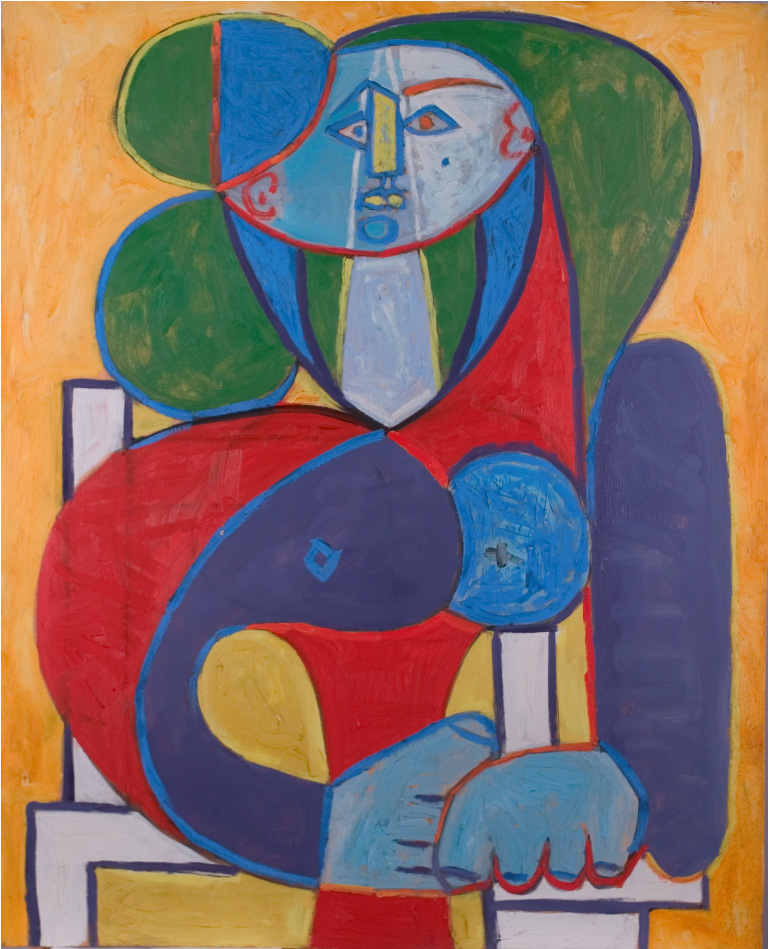
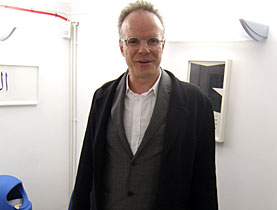
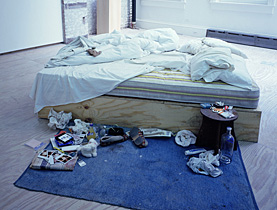

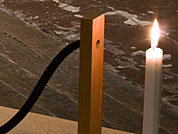
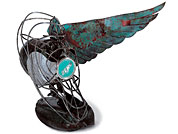
You can find an overview of ongoing debates with our journalists here. Please join us!
If you want to start a conversation about a topic raised in this article or want to report factual errors, email us at english@swissinfo.ch.